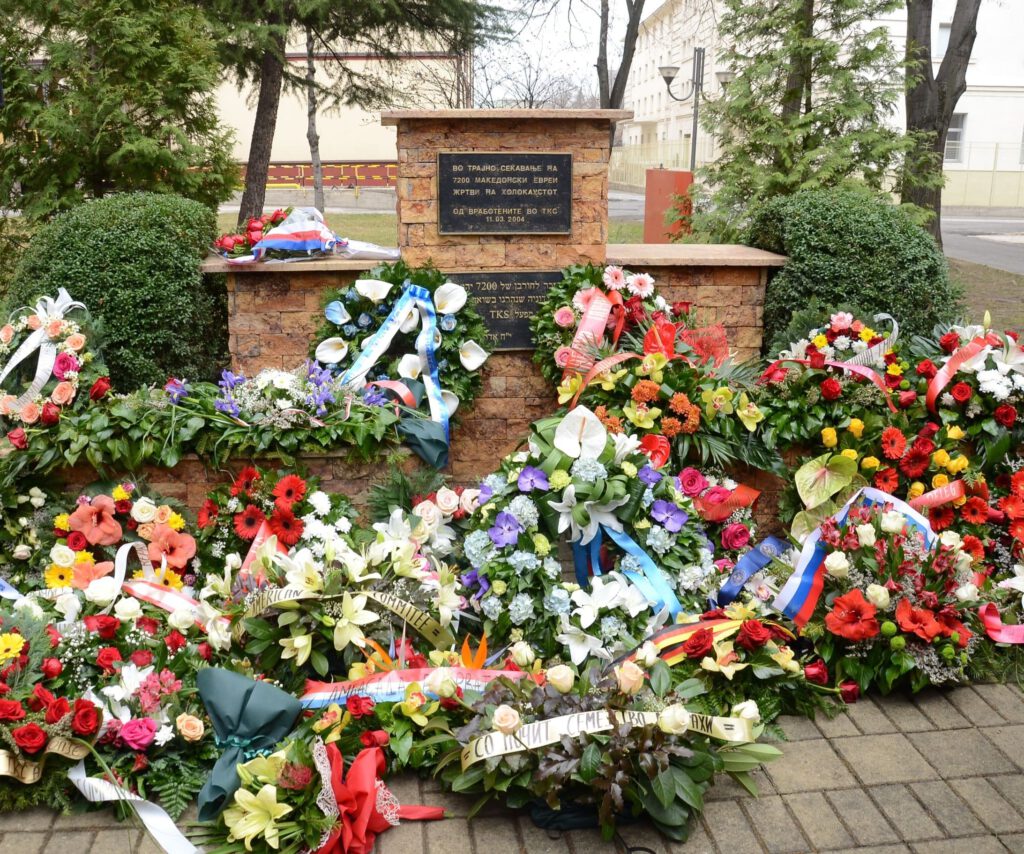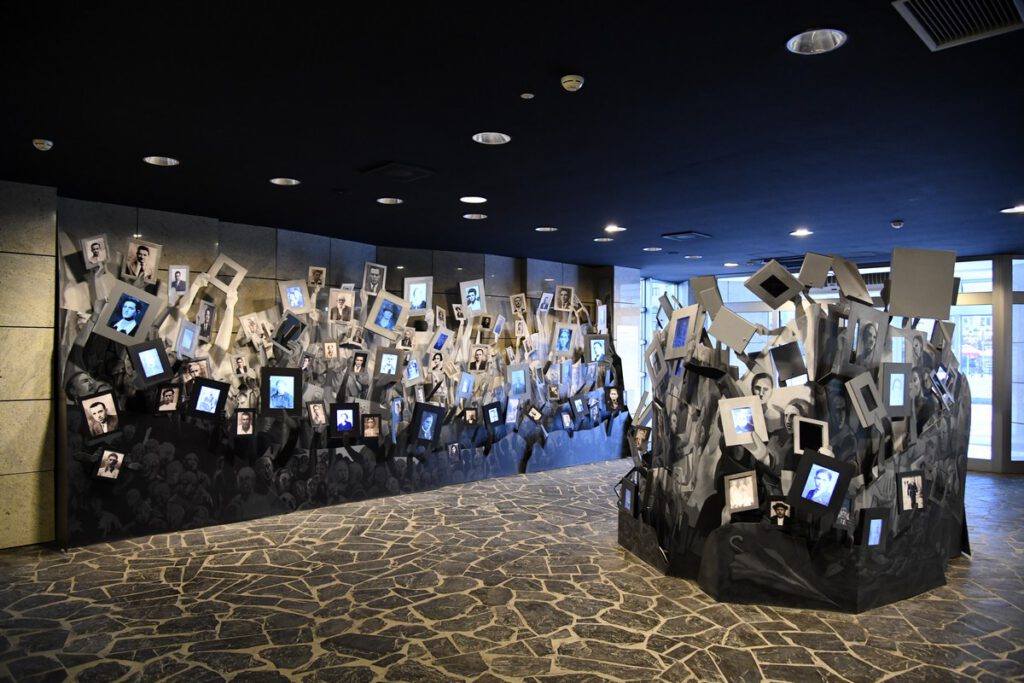The Jewish roots in North Macedonia are ancient. One of the oldest known synagogues outside the Land of Israel is in the ancient city Stobi, dating back to the first century AD. This means that the Jews have been present in these territories since more than two millennia.
The demographic structure of the Jews in the Balkans changed in the aftermath of the Inquisition and Expulsion from Spain and Portugal in the sixteenth century. Expelled Jews resettled and rebuild their shattered world in the Balkans, then part of the Ottoman Empire. Jews established a unique culture based on the Ladino language, which knew no geographical borders; for centuries, Jews in the Balkans would speak to each other in the same language. All was lost, however, in the Holocaust.
During WWII, today’s territory of Macedonia was under Bulgarian occupation. In March 1943, Macedonian Jews were rounded up, evicted from their homes, and sent to a tobacco factory in Skopje. From there, 7,144 Jews, presenting 98% of the Macedonian Jews at that time, were deported and killed in the Treblinka dead camp. The official commemoration began in March 1945 by Holocaust survivors. In 2011, the Holocaust Memorial Center for the Jews from Macedonia was inaugurated; and in 2019, the permanent exhibition was opened.
The Holocaust Memorial Center is the only institution in Southeast Europe devoted exclusively to preserving the memory and history of the once great and thriving Sephardic Jewish Community that was almost annihilated during the Holocaust.


